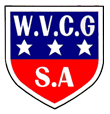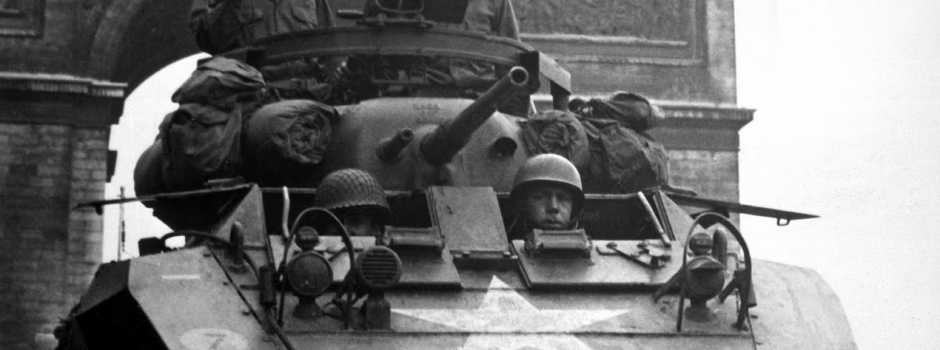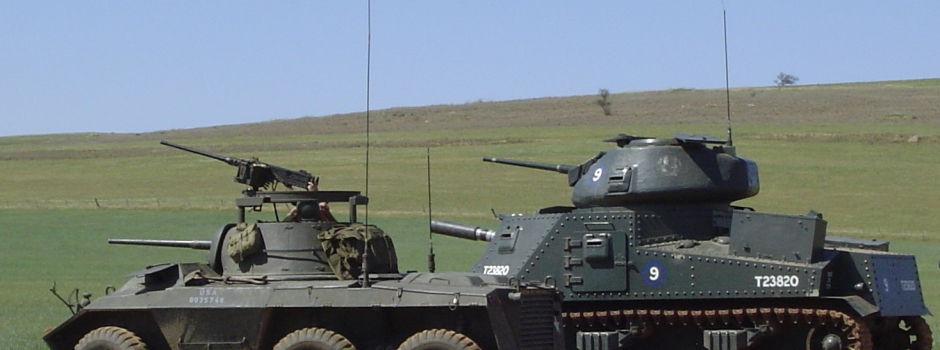The US M8 armoured car, which would become the US Army’s most important ar- moured car of the war, started life as a design for a wheeled tank destroyer mount- ing the 37mm tank gun. This was originally intended to be a replacement for the 37mm-Gun Motor Carriage M6 (an anti-tank gun on an unarmoured ¾-ton truck) but, by early 1942 it had become apparent, following American observation of op- erational trends in Europe, that there would be no requirement for such a vehicle and the specification was therefore reclassified to that of a light armoured car.
The M8 was a six wheeled six-wheel-drive (6×6) vehicle with an all steel welded body, on top of which a round manually operated open-topped turret, mounted a 37mm M6 Tank gun with an elevation of +20 degrees, a depression of -10 degrees and a turret traverse of a full 360 degrees. Eighty rounds of 37mm ammunition were carried. Secondary armament consisted of a 0.30-inch Browning co-axial machine gun and a 0.50-in heavy machine gun on a mounting on the turret top.
The four man crew consisted of a driver and co-driver/bow gunner who were seated in the front of the hull (on the right and left respectively), and a gunner and vehicle commander who were located in the turret. The Hercules petrol engine and trans- mission were located at the rear of the hull. The M8 was the most widely-used American armoured car during the Second World War. It was accompanied in service by the mechanically identical Armoured Utility Car M20, which was simply the M8 without the turret but with a ring-mounted ma- chine gun positioned on a raised centre section of the hull. The M20 was normally employed as a command vehicle or personnel carrier and could carry up to six men, according to function. By the last month of the war, when production was finally terminated, some 8,523 M8s and 3,791 M20s had been manufactured by the Ford Motor Company at their St. Paul Factory in Minnesota, United States. In post-war years the US and British Armies disposed of all their M8s, but large numbers were still in service throughout the world, notably in many African and Latin American countries for many decades thereafter. In post-war service many M8s underwent modifications including the fit- ting of a diesel engine, installation of a TOW anti-tank rocket launcher and replace- ment of the 37mm gun with a 12.7mm machine gun.



